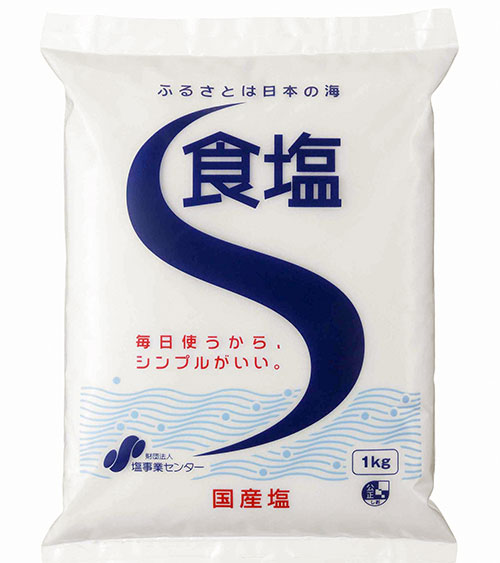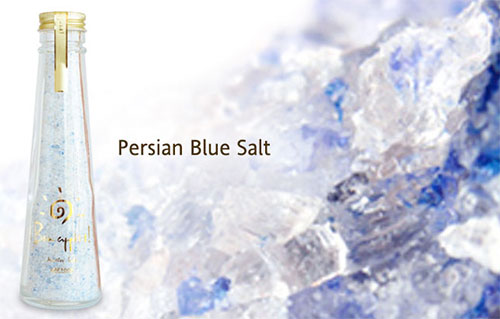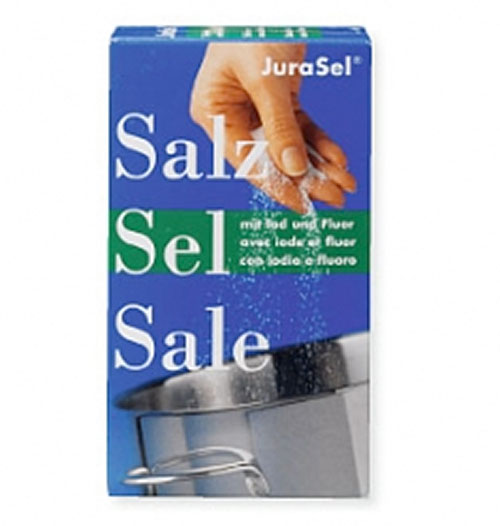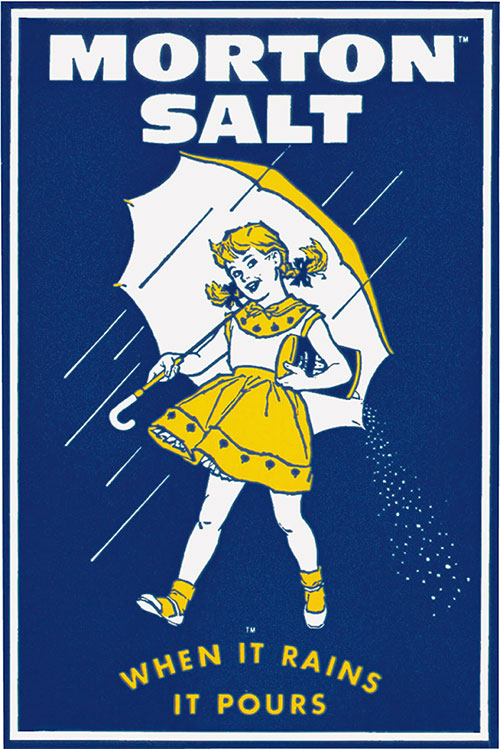(This is Part 1 of a mini-series about that all-important seasoning, salt. It's a continuation in a way of my previous article, about cutting food costs while still eating well. ^_^)
Since I've been able to live in different countries, and stumble my way through different languages and cultures, I have a very cynical view on trendy food and what people claim are "good" or "bad" for you, not to mention what is supposed to taste "better". Why? Because, every country has a different take on things.
Let's take salt. This is a bag of plain old salt in Japan. Salt production and sales used to be controlled by the government (along with tobacco and rice), which is why this bag looks rather plain and government-issue. In any case, it's a good old bag of salt. Japan is surrounded by the sea, so it is sea salt of course. It costs about 100 yen (roughly US$1) for 1 kilo (2.2 lbs).

This is the top selling gourmet salt on Rakuten, the online mega-mall. It is a rock salt called Persian Blue Salt that's imported from Iran. It costs about 4,100 yen (about US$41) for 500 grams (1.1 lb). It's sold with all kinds of claims as to how it tastes so much better than regular salt because it has the umami of "ancient plantlife from primordial oceans trapped in rocks for millenia" and the like. Rock salt in general in Japan is held to be superior, better tasting, and so on than sea salt, except for extra-special types of sea salt like fleur de sel from the Guerande in France.

Not coincidentally, Japan has no salt mines, so all rock salt is imported, and is therefore a rarity.
This is a box of JuraSel. It's the most popular brand of salt in Switzerland - a landlocked country. This rock salt comes from the salt deposits in the Rhine valley, that formed during the Jurassic period. It costs .75 CHF (about 85 US cents) for 500g (1.1lb).

Which means that of course, sea salt is considered to be far superior for gourmets than rock salt in Switzerland.
Conclusion? Don't believe the marketing. What is exotic and special where you live is most likely just ordinary somewhere else.
It's not the source, it's the refining method and shape of the crystals
Salt is mostly sodium chloride. The much maligned table salt or 'just plain salt' is actually more refined than most 'gourmet' salts, to remove as much of various impurities in the salt as possible, leaving just the sodium chloride. It's also further processed so that it 'flows' easily, especially when it's humid. Hence, the famous Morton Salt slogan, "When it rains it pours".

Table salt has become maligned in the last decade or so for being too 'harsh'. But the thing is, when you are using salt for cooking, together with lots of other flavors, there is absolutely no need to use a fancy "gourmet" salt. You just want to add a salty flavor and all those extra flavors in the "gourmet" salt will just get lost.
The reason why fancy salts taste different is because of two things: First, they are not as refined as regular salt, so various impurities remain, whether they are from current day sea or primeval seas or whatever. That's also why a lot of fancy salts are grey, or pinkish, or blue-ish.
The other reason is the shape of the salt crystals. Table salt has square crystals, which flow better. Fancy salt has bigger, irregularly shaped crystals. The most famous fancy salt with big crystals is probably Maldon salt, which is produced in Essex, England. Maldon salt has big, thin crystals, which melt gently on the tongue. Fleur de sel is produced in various regions, but the most famous one comes from the Guerande region of France. Fleur de sel (which means 'flower of salt') has soft, fluffy crystals, which also melt gently on the tongue.
These salts may be worth using in dishes where the salt is on the surface of the food. Salads in particular benefit from the use of such salts with gently melting crystals. Or if you are grilling meat or fish, or vegetables, and you sprinkle the salt on the surface. But using these really expensive salts in stews and such is pretty much a waste of money.
What I use
As I mentioned in my last article, we're watching our food budget a bit more these days. While something like salt may seem trivial, when one type costs 10-20 times or more than the other, it does make a difference. Fleur de sel is not that expensive here in France (there are even generic supermarket-branded versions of fleur de sel de Guerande but still, it's much more expensive than ordinary salt of course.
We use 3 types of salt in our house:
- Regular salt for salting pasta water, in soups and stews with lots of other flavors. Note that you need to use a bit less of regular salt than the less refined salts, since it's well, saltier.
- Coarse "grey" salt on things like grilled meat, roast chicken, etc. It adds a little extra flavor.
- Fleur de sel on salads and things like sliced ripe tomatoes with a drizzle of olive oil.
Note: Personally, I am not fond of seasoned salts with herbs and dried tomatoes and lemon peel and the like in them. I prefer to use my own other-flavors in conjunction with salt.